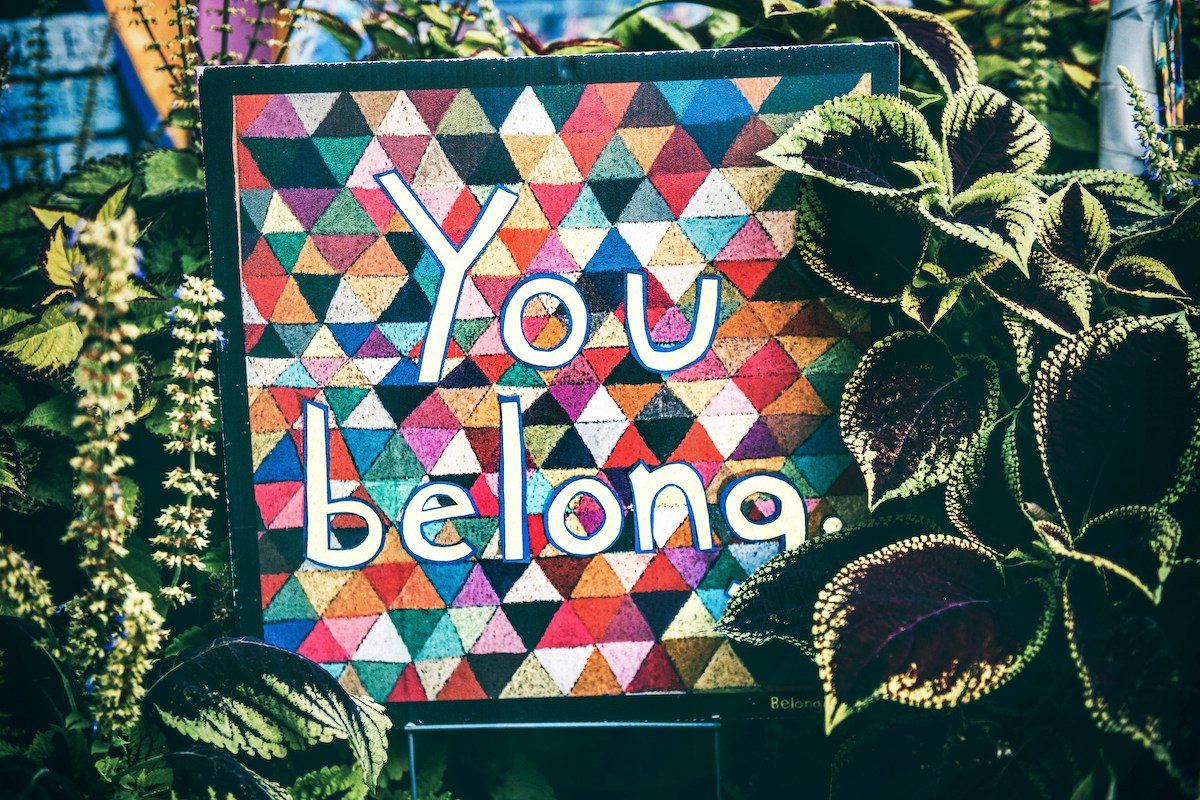A journey from advocacy to action, and the imperative of building inclusive leadership in a changing world.
By Artika Tyner
Where My DEI Journey Started
When I started my career in DEI nearly twenty years ago, I remember pleading with my boss and other business leaders to invest in DEI through time, resources, and talent. I hoped that they would recognize the transformative power it holds for organizational success and societal impact. As an attorney, I stood ready to advance my case for the importance of inclusion. My opening statement focused on the necessity of evolving from diversity being viewed as a moral imperative of being well-intentioned to a business imperative of strategic action.
I asked them to imagine the results outlined by research from A Great Place to Work for All.
- Greater Profitability: Inclusion could increase your company’s revenue by more than 24%.
- Greater Productivity and Improved Employee Recruitment and Retention: Becoming more ethnically diverse increases the likelihood of outperforming your competitors by 35%.
I built the momentum for an unassailable closing argument by reiterating the data on the benefits of inclusion. My case was met with a passive shrug and dismissive nod. I was undeterred and committed to becoming an expert in advancing DEI.
Fast forward to today, I am now in key leadership roles and reaping the benefits of my fervent commitment to mentoring young professionals from marginalized groups and unwavering faith in building inclusive workplaces. I have built teams where belongingness is a core value that drives strong performance, fuels innovation, and activates collaboration.
What will you do to tap into the power of inclusion?
The rich diversity of the United States is one of our greatest strengths. We are the very essence of: E pluribus unum (“out of many, one”).
Did you know today we have the most diverse communities in this Nation’s history?
As we near the 2040s in the United States no racial group will represent the majority of the population (according to U.S. Census). Meaning the United States has evolved into a rich multicultural tapestry where not one single group will be the majority (over 50%). This also reflects that diversity coupled with equity and inclusion will help to strengthen our community as talented people of all colors, experiences, and backgrounds work to build a more perfect union and sustainable economy.
Diversity tends to be mischaracterized as a conglomeration of people from different backgrounds. Or it is a declaration manifested by stating “all are welcome” through policy statements and colorful posters. For many organizations, diversity and inclusion may begin simply with representation, by bringing a woman’s or maybe a person of color’s perspective to the table. Often, this is seen as the first step in creating a melting-pot recipe of ideas, thoughts, and perspectives. Cultural assimilation is the broth and diverse individuals are the ingredients. Simmer on low for two or three years, and diversity will miraculously emerge. The challenge with cooking stews, however, is that the flavors are all absorbed into the broth, which means each employee is not valued for his or her unique contributions and individual attributes. Is this diversity? Another metaphor is the mixed salad, with each person representing a distinct vegetable, be it a crisp carrot, a vibrant beet, or lush romaine lettuce. Then the magic occurs when the salad is doused with dressing and all flavors become one—ranch, french, or a light balsamic vinaigrette. Once again, the dressing of choice masks the complexity and the very essence of diversity and inclusion. This still leaves us begging the question: Is this diversity? And where is the equity and inclusion? Inclusive leaders, like you, help to ensure that we move beyond words to deeds. You not only steer the ship by setting your organizational goals, but you also chart the course across the difficult tides of modern business practice.
What will you do to serve as an inclusive leader?
Your commitment to serve as an inclusive leader is needed now more than ever as the future of diversity initiatives may feel uncertain as mounting legal cases emerge challenging DEI education, alleging discrimination by venture capital firms focused on serving minority business owners, and eliminating contract programming for minority-owned companies. CEOs are quietly disinvesting in DEI commitments and removing DEI positions. Yet, challenging times can serve as an invitation for you to lean into change and redefine the path forward.
Inclusive leaders embark on a lifelong learning journey in these four key areas:
Intrapersonal: Engage in self-discovery by exploring your leadership story which is shaped by your cultural values, socialization, and beliefs. This self-reflection will aid you in gaining the insights needed to connect your leadership story to building an organizational culture of inclusion.
Interpersonal: Build and strengthen effective teams by challenging organizational barriers like stereotype threat, cultural taxation, and microaggressions.
Organizational: Align your equity goals with strategic impact. Help your team define how inclusion advances business priorities, productivity, and engagement.
Societal: Promote the values of our shared humanity and common destiny by addressing some of the most pressing social justice challenges of our time.
Diversity is needed to bring together the brightest minds to create solutions to business, economic, and social challenges of the 21st century and beyond. Diversity creates an atmosphere where inclusion can be unveiled as people come together and exchange ideas from diverse perspectives, life experiences, and cultural backgrounds. It empowers teams to see through the eyes of ingenuity and creativeness. This lays the foundation for future business success through the transformative power of innovation.



































